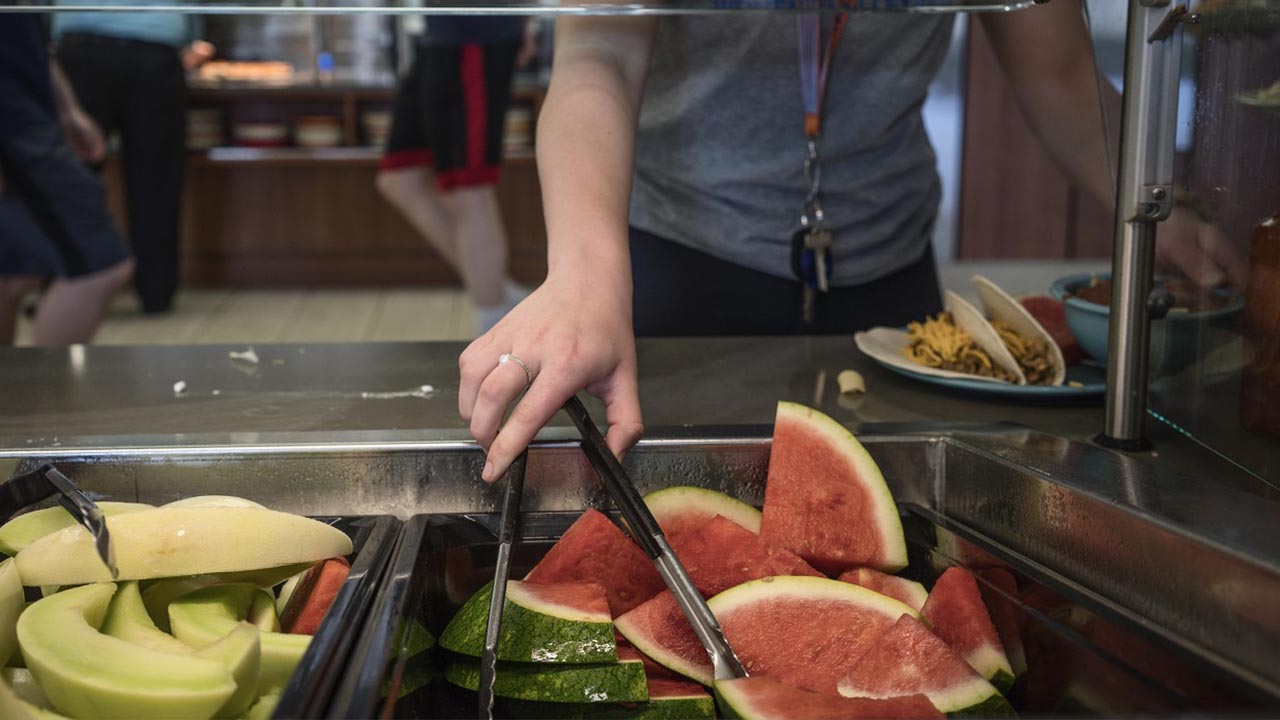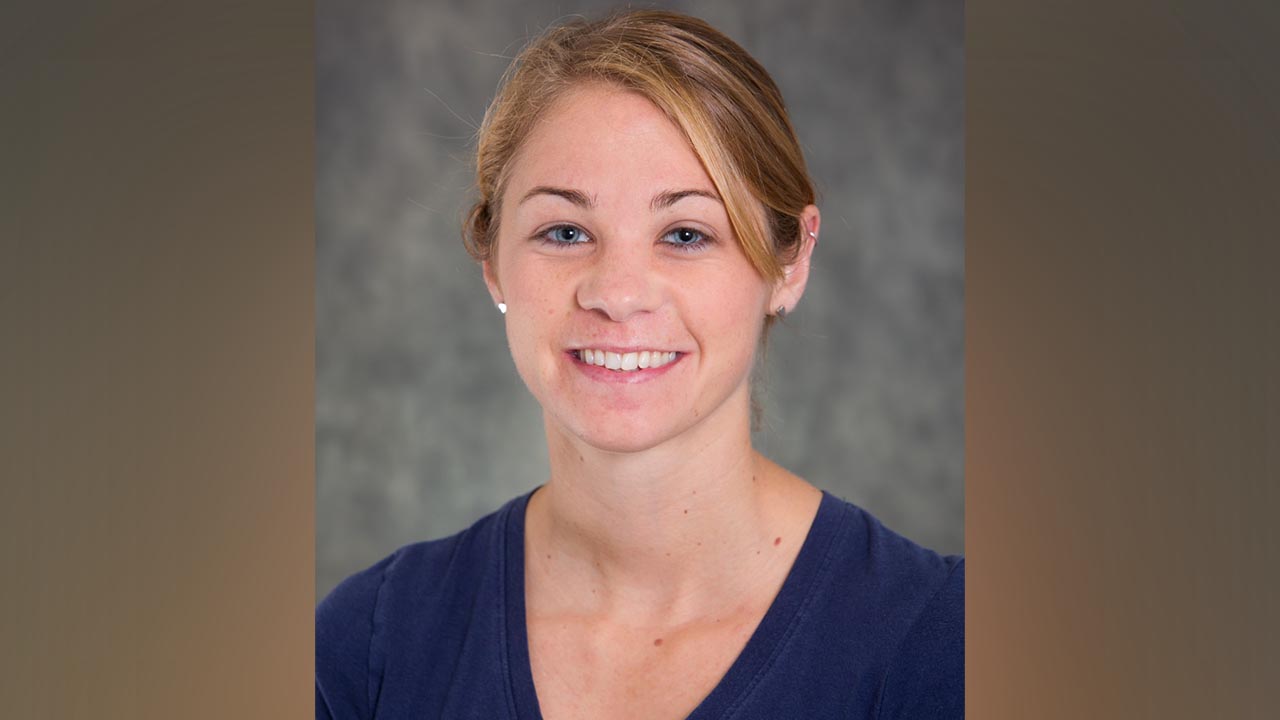

As Wisconsinites attempt to flatten the curve under Gov. Evers’ Safer at Home order, many may be wondering what to make for breakfast, lunch and dinner. Some may be running out of recipe ideas to keep meals balanced during the COVID-19 crisis. University of Wisconsin-Platteville Dining Services Registered Dietitian Stephanie Young shares some advice as she encourages students, faculty, staff and community members to use this time to become creative in the kitchen.
“There are so many different recipes out there between social media and cooking websites,” said Young. “Look through and search for recipes that might interest you. It can keep it fresh along with those go to simple meals.”
But what consists of a balanced meal? The answer, according to Young, is making sure you are incorporating enough food groups to make your plate colorful.
“I consider a meal that has three or more food groups in it to be a pretty balanced meal between whole grains, lean proteins, dairy, fruits and vegetables. Students often forget about fruit and vegetables,” Young said. “If you are missing out on these put them in one of your snacks. A fruit or vegetable with a whole grain cracker, apples and peanut butter, chips and salsa; you can pair up one or two food groups.”
To adjust to the worldwide coronavirus pandemic, state lawmakers and health officials are suggesting to keep a two-week grocery supply. Fewer trips to the store means a new twist with meal preparation. Young’s advice is to keep it simple and try new ingredients.
“We might not be finding some of the staple things we need. Be creative and find new brands,” she said. “Instead of a meat-based protein, try a plant-based protein. Looking at the different varieties of food in each food group; you can switch things up.”
This unknown time can be stressful and some may be gravitating to comfort food. If you are snacking a little more, Young said it’s okay as long as you are not overtaking in one particular food group.
“You can let yourself have comfort food,” Young said. “Find balance in the other part of the meal you’re having comfort food with. We don’t need to have the meal perfect. Pair pasta and pizza with fresh, frozen or canned vegetables. Add some fruit with your cereal or pancakes, and find a way to substitute ingredients to make comfort foods healthier.”
Young recommends keeping a structured day with set meal times. “Plan ahead and bring a list to the grocery store to get in and out quickly. Be flexible in choosing because sometimes [grocery items] won’t be there. Keep alternatives in mind. It’s a great opportunity to practice your cooking skills,” she said. “Keep it simple. Don’t overwhelm yourself.”